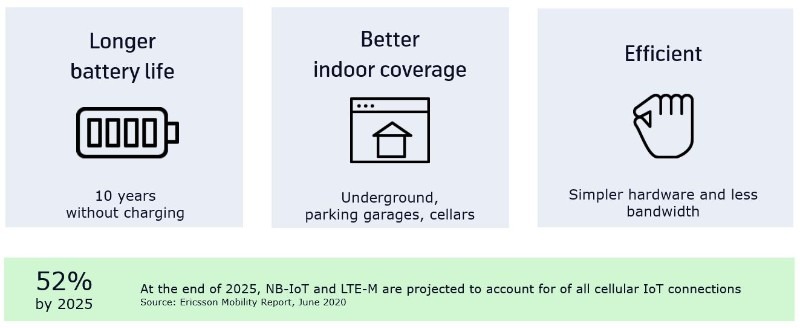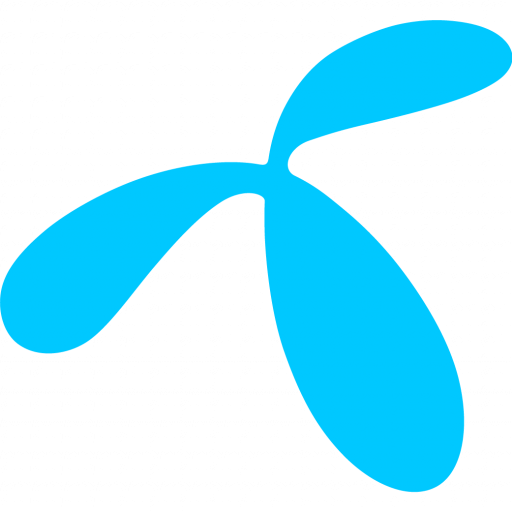February 4, 2022
This is exactly the question Swedish tech website, Ny Teknik, asked Martin Whitlock, CTO at Telenor Connexion recently. Below is the resulting article where he describes the future and what the development and rollout of 5G will look like.
5G is the fifth generation mobile network. During the past two years hype has grown around the new technology and potential use cases. For example, there is talk of self-driving cars and remote surgery, but what benefit will the vast majority of enterprises be able to look forward to? For companies that have, or plan to connect their business, it is important to look beyond the hype and understand how and what 5G can actually contribute in practice.
“It is by no means surprising that 5G has received such hype as it has,” says Martin Whitlock, CTO of Telenor Connexion. “In the future, it will pave the way for major societal changes. The reason why 5G is long awaited is that it enables you to use a wider range of frequency bands. Which in turn enables higher data speeds, even more connected devices and lower latency (time delay).
5G is also the first network generation that was originally developed for the Internet of Things, IoT, and will create many opportunities.”
What are the benefits of 5G over 4G, 2G and 3G?
- Enhanced mobile broadband
- Ultra-reliable low latency communications
- Much faster data in cities, urban areas and local networks
- Improved energy saving functions for devices used indoor
- Connectivity for the internet age in rural areas, because the aging 2G and 3G will be replaced with modern 5G

Taking advantage of 5G
Martin and his colleagues at Telenor Connexion believe that in the future we will see Fifth Generation Wireless implemented in three different phases, where each of them involves different issues that companies are faced with. From an IoT application perspective the road to 5G consists of three phases, and we are currently in the first phase:
- Phase 1 – Transition: Partial 5G coverage
- Phase 2 – Evolve: Sufficient 5G coverage
- Phase 3 – Transform: 5G ecosystem established
“Right now we are in a rollout phase. New networks are becoming available, and people are starting to be able to use them, but this is not possible everywhere. This applies to both what is called “mobile IoT” (LTE-M and NB-IoT which are often built into existing 4G networks, as well as 5G networks). In this phase, it is difficult to take full advantage of 5G. However, it is the optimal time for enterprises to review their solutions and evaluate whether they need to be modernized. This also means now is a good opportunity to develop services and ensure that you are well positioned to take advantage of the additional applications that 5G will open up.”
The Road to 5G from an IoT Application Perspective
Step two will in turn offer more opportunities to take advantage of the 5G network.
“Some countries have already reached phase 2, which means that 5G technology is in place and you can start to take advantage of the 5th generation mobile network. Better coverage in previously inaccessible places and the possibility of making battery-powered connected devices very energy-efficient give many applications better conditions. Monitoring water supply can be improved and made more efficient using 5G and remote sensors. We can already do this today, but with 5G it will become possible to monitor water flow in remote or inaccessible places, such as deep underground. 5G thus enables an extension, development and streamlining of what we are already doing today.”
Finally, we will reach the third phase, which will be the final destination for the rollout of 5G, and this is also where the full potential is reached.
“In the final phase, the 5th generation network will be available everywhere, the new technology will be rolled out, and the ecosystem around the network will also be equipped and adapted. In this phase, the business models of the future are developed and the total visions for the autonomous world are built through the availability of data,” Martin concludes.
“5G is designed to work with 4G. When 5G is rolled out and we have reached phases two and three, it will unlock great opportunities for IoT applications. But with that said, IoT development should not be paused while waiting for 5G.
“Right now, we are in a phase where enterprises should review their services and evaluate what can be modernized and developed. As the technology gets established, the next innovation step will be shaped by the business development department rather than the technology department. The winners will be the early adopters who have used IoT to strategically transform their business, rather than just trying to do as their competitors. By preparing for 5G, enterprises can ensure not only stability but also competitiveness.”

